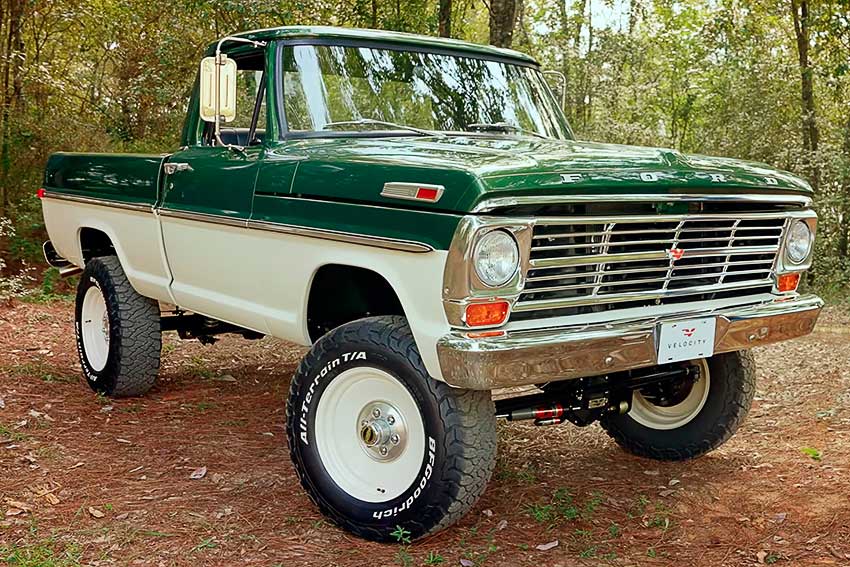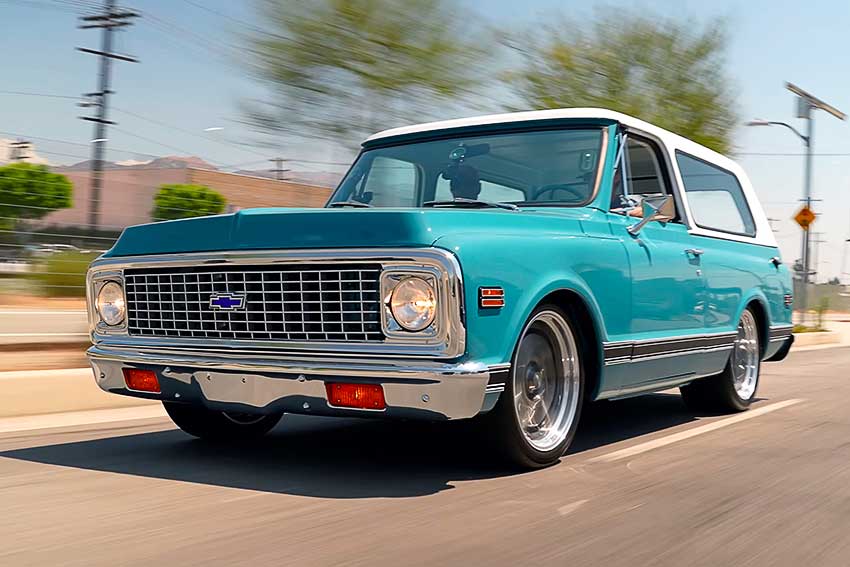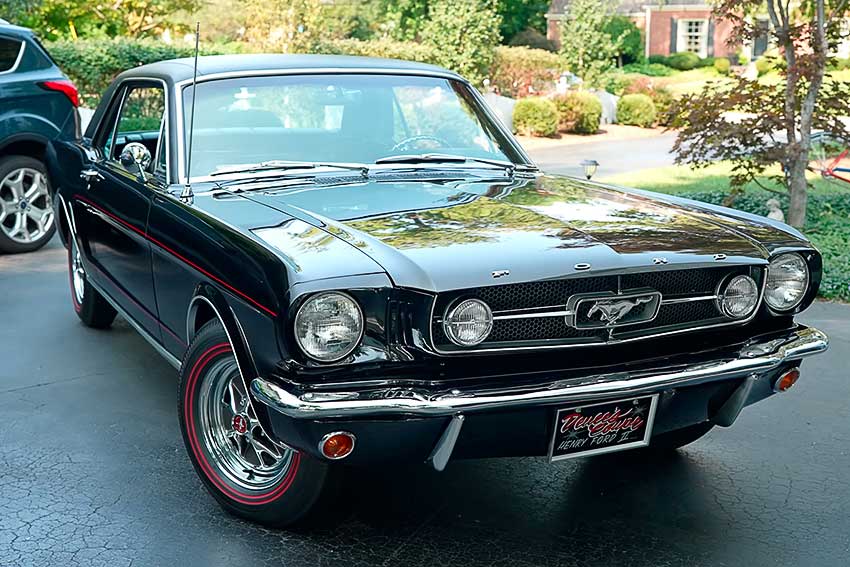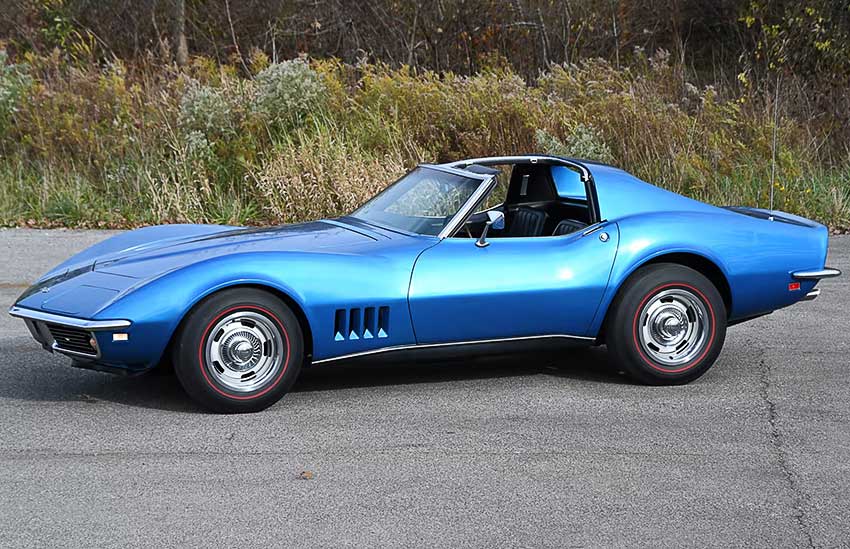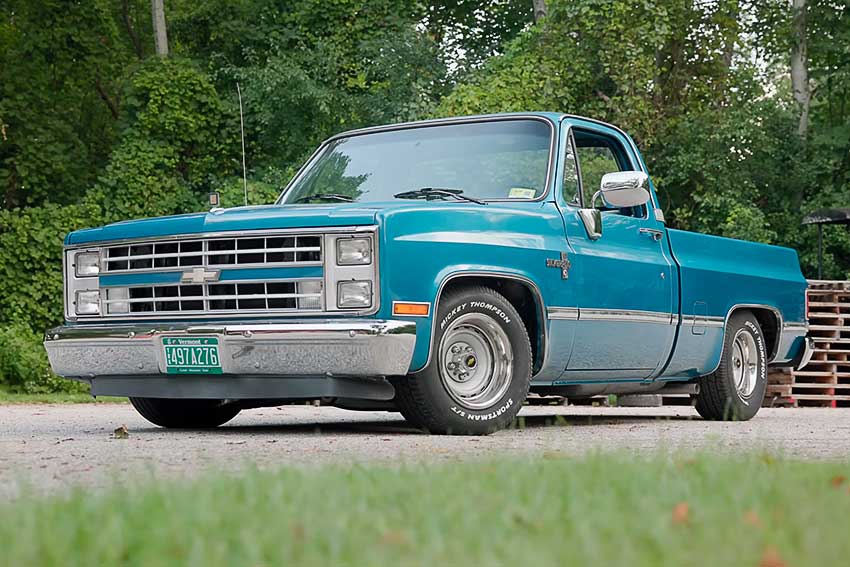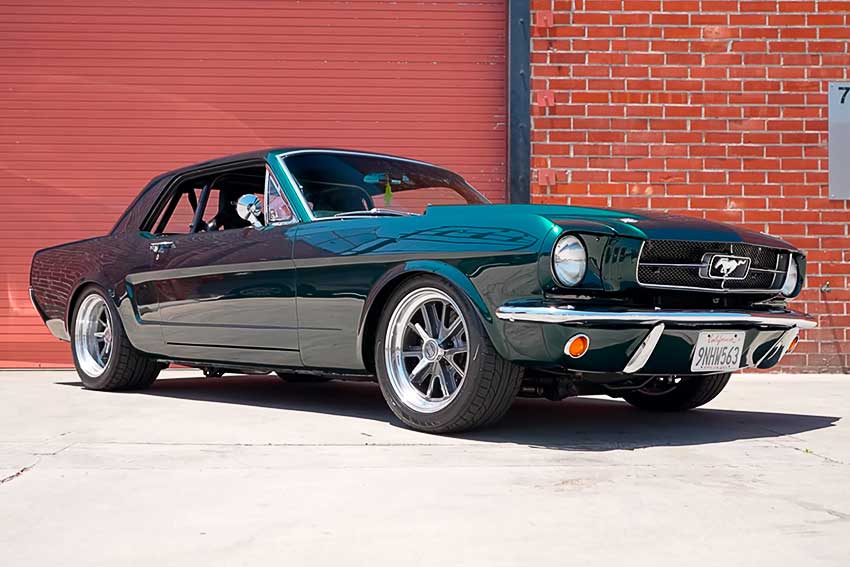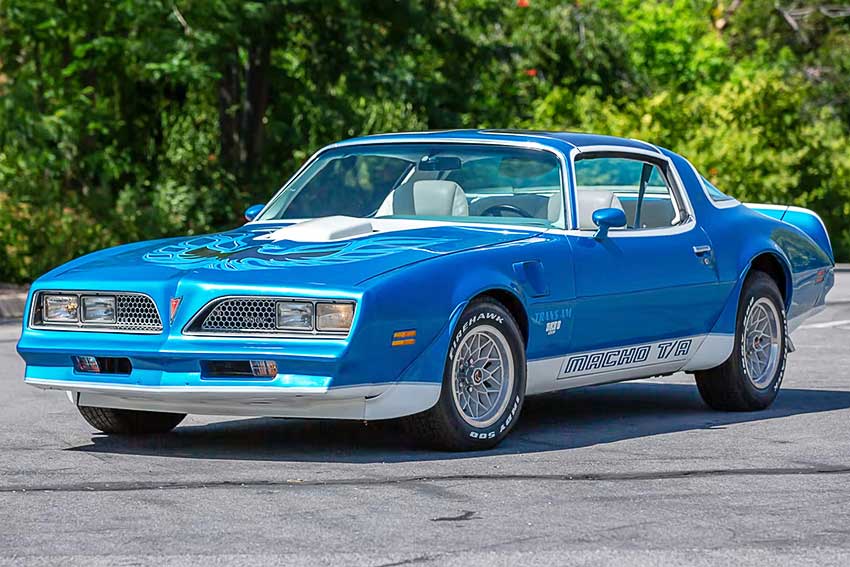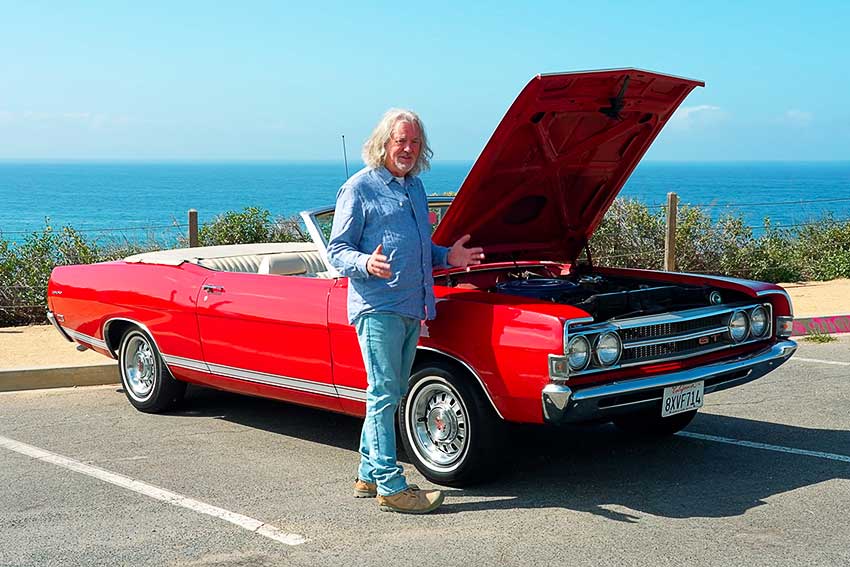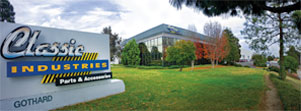Within the classic car restoration community, you'll find a wide variety of opinions regarding engine swaps. Some restorers insist on keeping the numbers-matching drivetrain for complete originality, while others don't mind upgrading to a higher-performance V8 from the same model year. Then there are resto-modders who drop in a newer fuel-injected engine, or even an engine from a different manufacturer. But there's no engine swap more controversial than replacing a classic car's combustion engine with electric motors. That's exactly what ICON did with its new EV Bronco series, which combines timeless looks with an all-electric powertrain.



